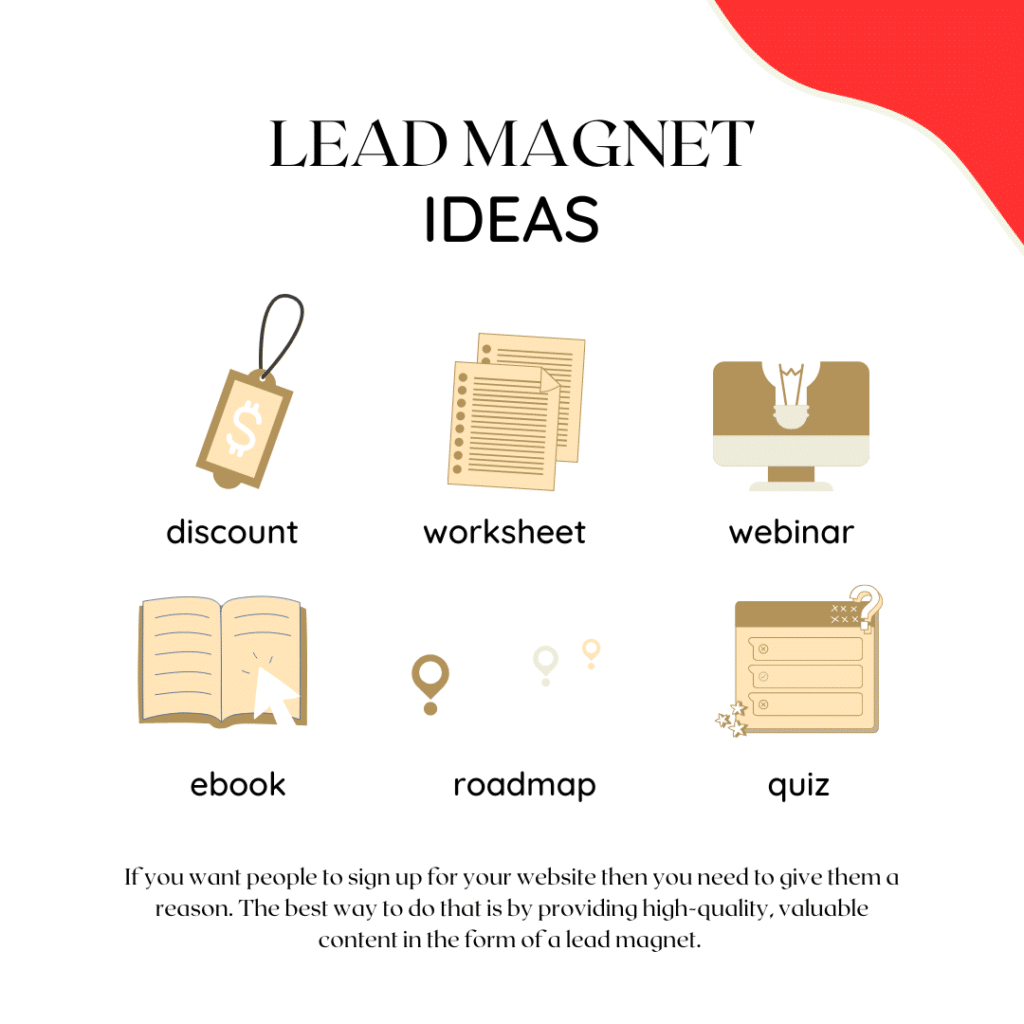
Introduction:
Generating leads is the lifeblood of any successful business. Without a steady stream of potential customers, your business can struggle to grow and thrive. In this comprehensive guide, we’ll explore various strategies and techniques to help you generate leads effectively and efficiently. By the end of this post, you’ll have a toolbox full of actionable strategies to boost your lead generation efforts.
Chapter 1: Understanding the Lead Generation Process
Before diving into lead generation techniques, it’s crucial to understand what a lead is and how the lead generation process works. A lead is a potential customer who has shown interest in your product or service. Lead generation is the process of attracting and capturing these potential customers.
Chapter 2: Optimizing Your Website for Lead Generation
Your website is often the first point of contact between your business and potential customers. To generate leads effectively, your website needs to be optimized. This includes creating compelling landing pages, clear call-to-action (CTA) buttons, and a user-friendly design. Make sure your website is mobile-responsive since many users browse on smartphones.
Chapter 3: Content Marketing for Lead Generation
Content marketing is a powerful tool for attracting leads. Create high-quality, informative, and engaging content that addresses the pain points of your target audience. Blog posts, ebooks, infographics, and videos can all be used to capture leads. Offer this content in exchange for visitors’ contact information through lead capture forms.
Chapter 4: Social Media Marketing
Leverage social media platforms to connect with your audience and generate leads. Share valuable content, engage with your followers, and run targeted ad campaigns to reach potential customers. Each social platform offers unique opportunities for lead generation, so tailor your strategy accordingly.
Chapter 5: Email Marketing
Email marketing remains one of the most effective lead generation methods. Build a list of subscribers by offering valuable content and promotions. Use email automation to nurture leads over time, guiding them through the sales funnel.
Chapter 6: Search Engine Optimization (SEO)
Optimizing your website for search engines is crucial for attracting organic traffic and generating leads. Research relevant keywords, create high-quality content around them, and optimize your site’s on-page and technical SEO elements.
Chapter 7: Pay-Per-Click (PPC) Advertising
PPC advertising allows you to reach potential customers through search engine ads and display ads. Carefully target your ads and create compelling ad copy to maximize lead generation while minimizing costs.
Chapter 8: Networking and Partnerships
Building strategic partnerships and networking within your industry can help generate leads. Collaborate with complementary businesses, attend industry events, and join online forums or groups to connect with potential customers.
Chapter 9: Lead Magnets and Incentives
Offering lead magnets and incentives can significantly boost lead generation. These can include free trials, discounts, or exclusive access to valuable resources. Make sure your incentives align with the needs and interests of your target audience.
Chapter 10: Analyzing and Optimizing Your Lead Generation Strategy
Regularly analyze your lead generation efforts using tools like Google Analytics and marketing automation software. Identify which strategies are working and which need improvement. Continuously optimize your approach to generate more high-quality leads.
Conclusion:
Generating leads is an ongoing process that requires a well-rounded strategy and a commitment to adapt to changing trends. By implementing the techniques outlined in this guide and staying up-to-date with the latest marketing trends, you’ll be well-equipped to generate leads effectively and grow your business. Remember, lead generation is not a one-size-fits-all endeavor, so be prepared to tailor your approach to your unique audience and industry.